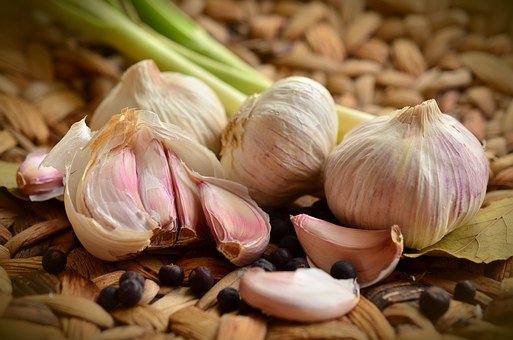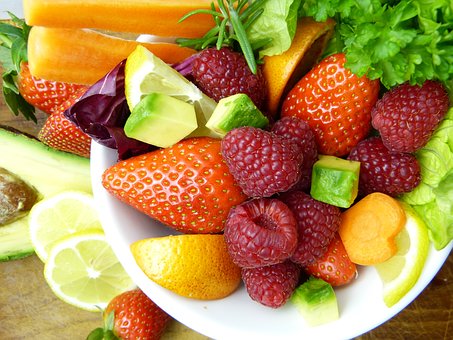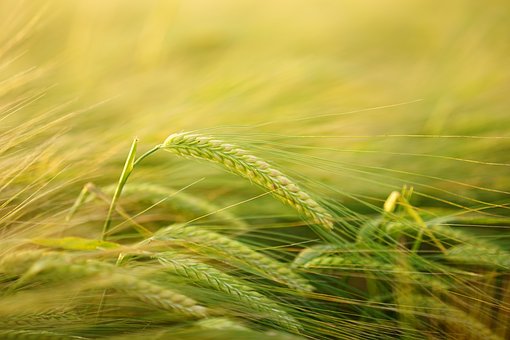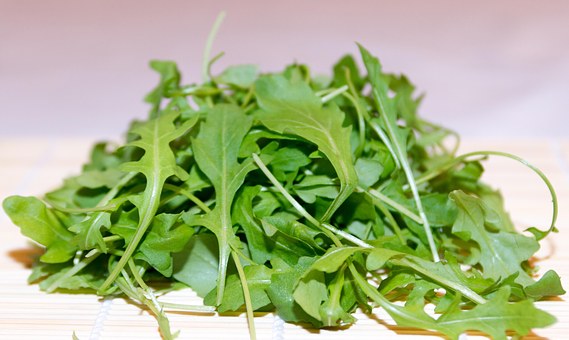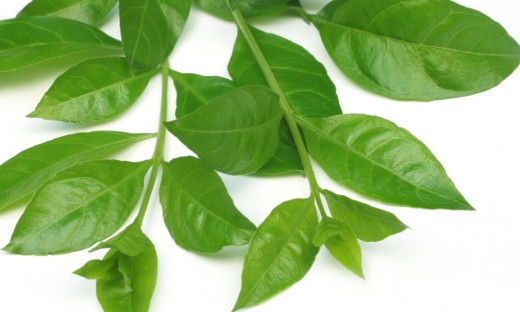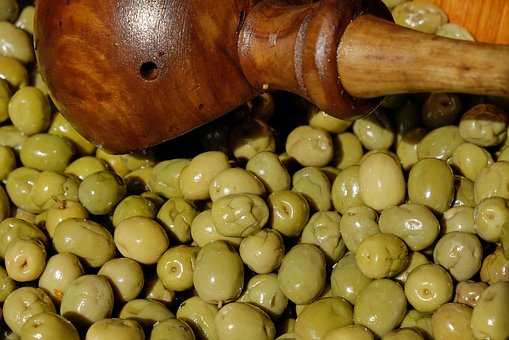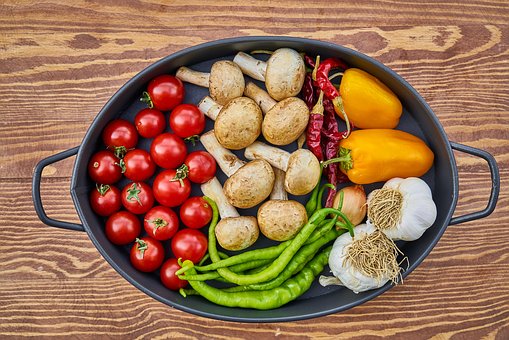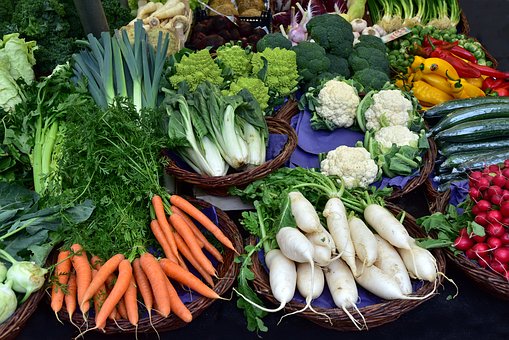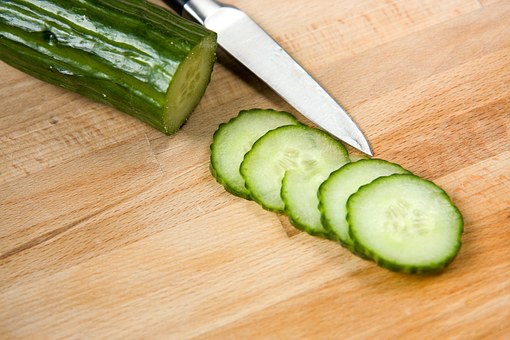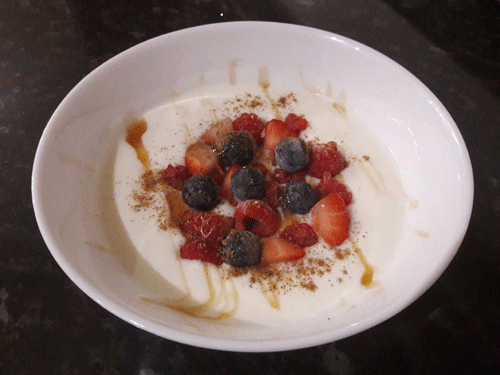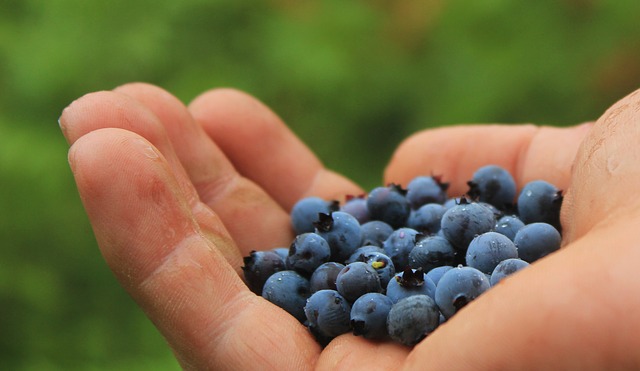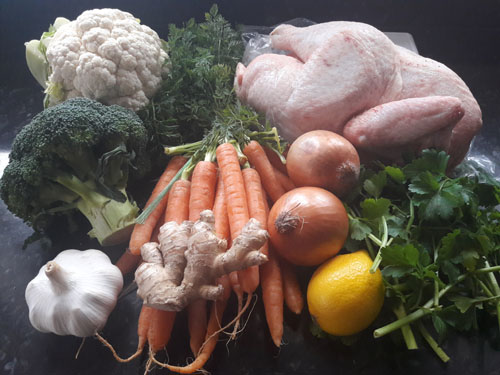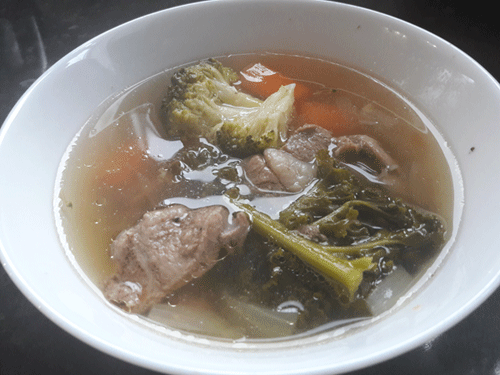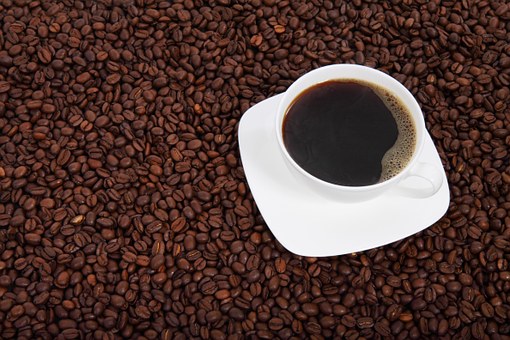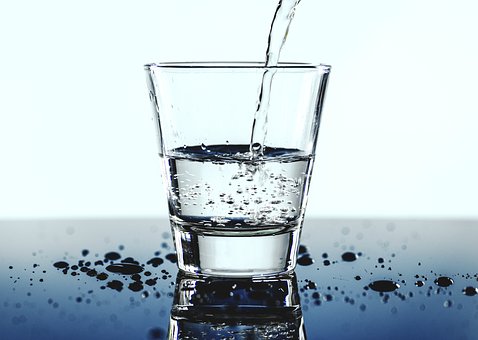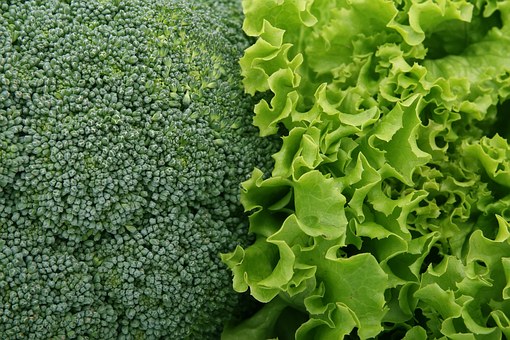Vitamin A Is a Powerful Antioxidant and All-Important Nutrient
© HealthyMuslim. See Terms and Conditions

This powerful vitamin also acts as an antioxidant, protecting the body against pollutants and free radicals. It provides a vital role in building strong bones and healthy blood; it stimulates the gastric juices that are needed for digestion; and is needed for good night vision and color perception.
Another of its key functions is the protection of mucous membranes- the linings of the mouth, nose, throat and lungs; without this vitamin, these tissues dry out and cannot perform their vital functions.
There are two kinds of Vitamin A. Vitamin A in food can come from retinol, which is also called preformed Vitamin A, or from a group of components called carotenoids, also known as provitamin A.
Vitamin A is fat-soluble, so the main sources are foods that contain some fats and oils. Studies have also found that the body cannot convert carotenes into Vitamin A without the presence of fat in the diet. Therefore, it's essential to include fats and oils along with food sources in the diet to make sure the body gets enough of this nutrient and is able to absorb it.
Sources of preformed Vitamin A, or retinol,are from foods that come from animals, including butterfat, egg yolks, organ meats, seafood and fish liver oils.
Provitamin A, or carotene, is also a powerful antioxidant. It is found in all yellow, orange, red or dark green fruits and vegetables.
The body stores surplus amounts of Vitamin A in fatty tissues like the liver, so excessive doses can be toxic. Therefore it is best to obtain most Vitamin A intake from natural sources, and not from synthetic supplements.
Link to this article: Show: HTML Link • Full Link • Short Link
Share or Bookmark this page: You will need to have an account with the selected service in order to post links or bookmark this page.





|
Related Articles:
- Do You Have a Common Nutritional Deficiency?
- How to Keep Skin Healthy and Hydrated in Winter
- Watermelon Is Replenishing and Rich in Antioxidants
- Vitamin A Is a Powerful Antioxidant and All-Important Nutrient
- Vitamins and Minerals Reduce Asthma Symptoms
- Low Vitamin A and C Levels Associated with Increased Asthma Risk
- Nutrients and Superfoods for Healthy Skin
- What Foods Are Good For Your Eyesight?
You must be registered and logged in to comment.
Most Popular
Latest Articles
Popular Subjects
Health, fitness and longevity
Based upon the principles of health
in the Qur'an and Prophetic Traditions.
HealthyMuslim.Com
There are two bounties in which
most people lose out: good health
and free time. Al-Bukhari.




